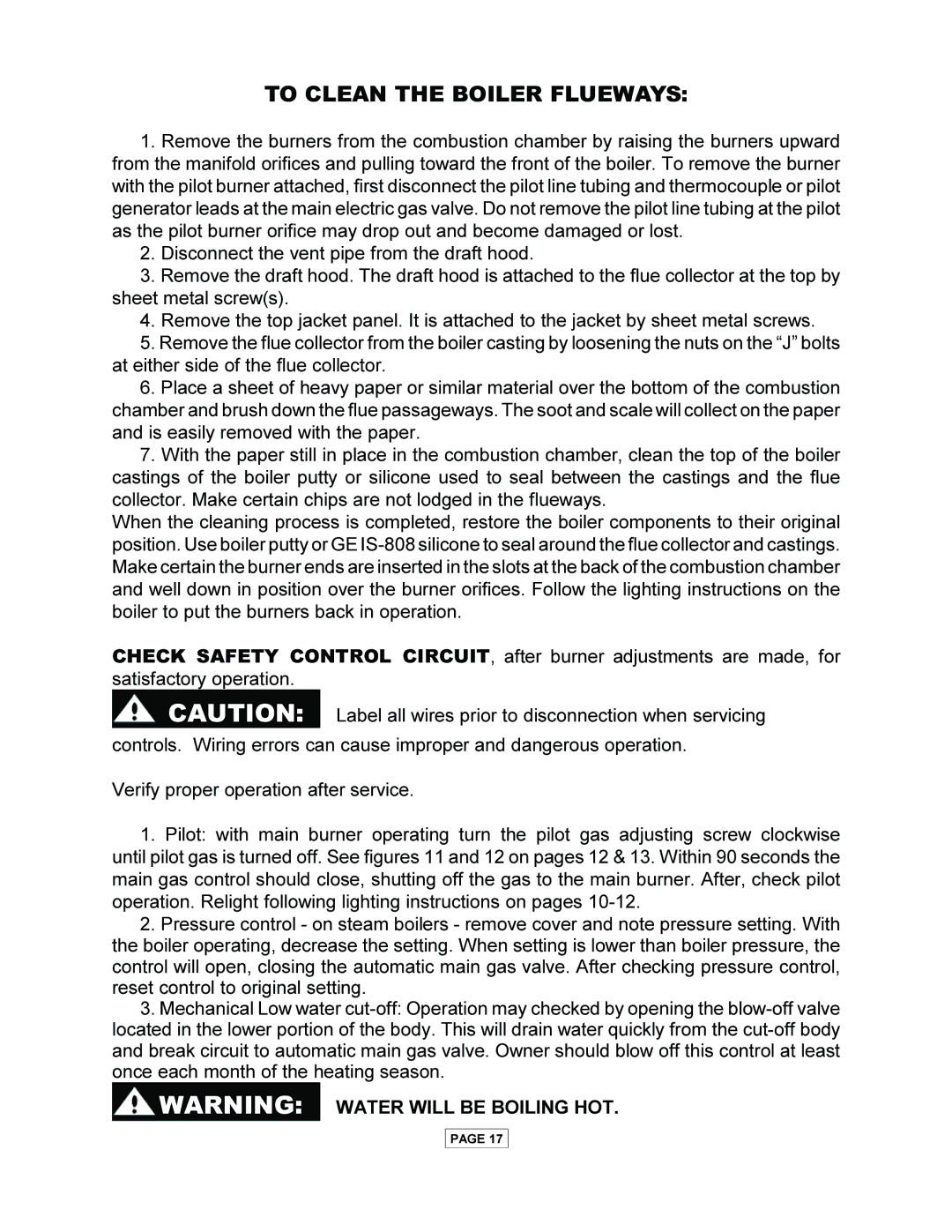PEG-C specifications
Utica PEG-C, a modern combination of both technology and innovation, has emerged as a solution tailored for those seeking efficient heating solutions in residential and commercial spaces. Standing out in the market, this high-performance boiler is designed not only to optimize heating efficiency but also to enhance user comfort and convenience.At the core of the Utica PEG-C is its advanced cast iron construction, which ensures durability and longevity. The cast iron heat exchangers play a crucial role in maximizing heat transfer while minimizing energy losses. This design is pivotal in meeting energy efficiency standards, making it an eco-friendly choice in today’s environmentally conscious world.
One of the standout features of the Utica PEG-C is its automated combustion control system. This state-of-the-art technology allows for precise regulation of the burner operation, ensuring that fuel usage is minimized without compromising on heat output. Consequently, users can expect reduced utility bills with increased comfort levels in their living or working environments.
The PEG-C series also offers a range of input capabilities, making it suitable for various applications, from small homes to larger commercial buildings. The flexibility in sizing ensures that customers can select a unit that efficiently matches their heating requirements. Moreover, the integrated smart controls further enhance operational efficiency by adjusting the heating output based on real-time temperature readings.
Safety is paramount in any heating system, and Utica PEG-C does not fall short in this regard. It features an array of safety mechanisms, including an automatic water fill, pressure relief valves, and flame rollout switches. These features guarantee safe operation, providing peace of mind to users.
Additionally, the PEG-C series offers compatibility with a range of heating options, including hydronic baseboard systems, radiant floors, and indirect water heaters, making it a versatile choice for many heating applications.
In summary, the Utica PEG-C combines robust engineering, cutting-edge technology, and a commitment to efficiency and safety. With its durable construction, intelligent control systems, and adaptability to various heating needs, it's a wise investment for anyone looking to enhance their heating systems whether in a residential or commercial context.

